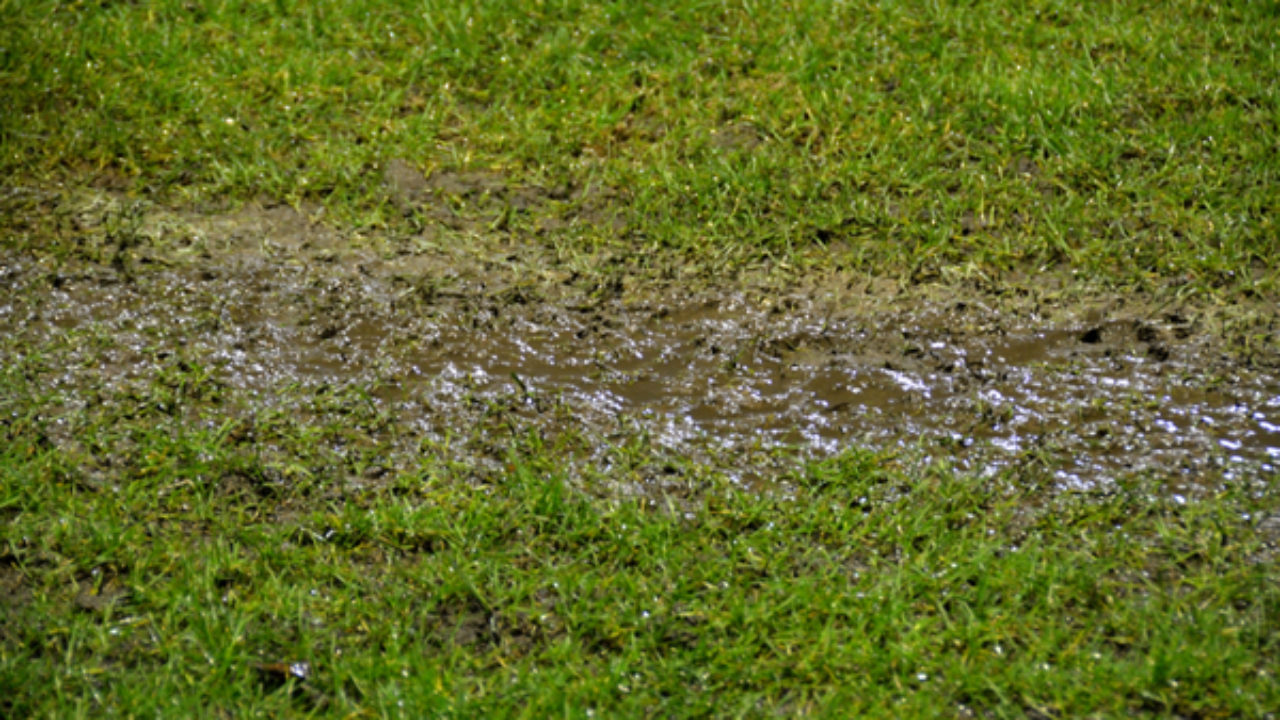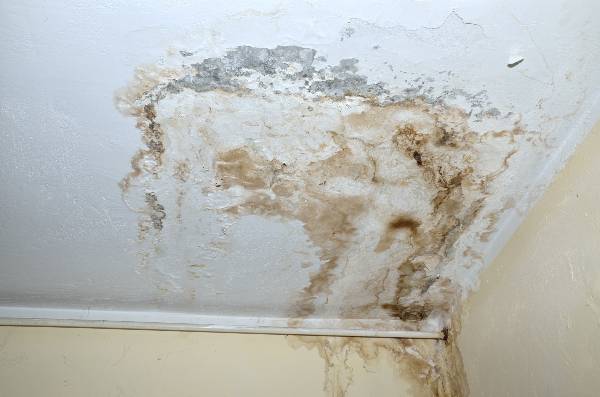6 Ways to Find Concealed Water Leakages in Your Home
6 Ways to Find Concealed Water Leakages in Your Home
Blog Article
What're your thoughts and feelings on Detecting hidden plumbing leaks?

Early discovery of dripping water lines can mitigate a prospective calamity. Apart from conserving you cash, it will decrease the stress and stress. The minute you find a leakage, calling your plumber for repair work is the most effective remedy. Nevertheless, some tiny water leaks may not be visible. Right here are some hacks that assist if you can not identify it with your nude eyes.
1. Examine the Water Meter
Examining it is a surefire means that helps you uncover leaks. If it moves, that indicates a fast-moving leak. This implies you may have a slow leak that could even be underground.
2. Check Water Usage
Evaluate your water expenses as well as track your water consumption. As the one paying it, you should see if there are any type of discrepancies. If you spot sudden changes, regardless of your intake being the same, it implies that you have leaks in your plumbing system. Remember, your water expense must drop under the same array each month. An abrupt spike in your bill shows a fast-moving leakage.
On the other hand, a stable increase every month, despite having the very same routines, shows you have a slow leak that's also gradually rising. Call a plumber to thoroughly examine your residential property, especially if you really feel a cozy area on your floor with piping underneath.
3. Do a Food Coloring Test
30% comes from toilets when it comes to water intake. Test to see if they are running properly. Decrease flecks of food shade in the storage tank as well as wait 10 mins. There's a leakage between the container as well as dish if the color somehow infiltrates your dish throughout that time without flushing.
4. Asses Outside Lines
Do not forget to examine your outdoor water lines as well. Test faucets by connecting a garden hose pipe. Needs to water leak out of the link, you have a loosened rubber gasket. Replace this and make certain all connections are tight. It will certainly aid obtain it properly analyzed as well as kept each year if you've obtained a sprinkler system. One small leakage can lose tons of water as well as surge your water expense.
5. Inspect and Analyze the Situation
Homeowners should make it a practice to check under the sink counters as well as also inside cabinets for any bad odor or mold development. These two red flags show a leak so timely focus is called for. Doing regular examinations, also bi-annually, can conserve you from a significant issue.
Inspect for discolorations and also compromising as the majority of appliances as well as pipes have a life span. If you suspect dripping water lines in your plumbing system, don't wait for it to rise.
Early detection of dripping water lines can reduce a possible catastrophe. Some little water leaks might not be visible. Examining it is a surefire method that helps you find leakages. One tiny leak can throw away heaps of water as well as surge your water costs.
If you suspect dripping water lines in your plumbing system, don't wait for it to intensify.
WARNING SIGNS OF WATER LEAKAGE BEHIND THE WALL
PERSISTENT MUSTY ODORS
As water slowly drips from a leaky pipe inside the wall, flooring and sheetrock stay damp and develop an odor similar to wet cardboard. It generates a musty smell that can help you find hidden leaks.
MOLD IN UNUSUAL AREAS
Mold usually grows in wet areas like kitchens, baths and laundry rooms. If you spot the stuff on walls or baseboards in other rooms of the house, it’s a good indicator of undetected water leaks.
STAINS THAT GROW
When mold thrives around a leaky pipe, it sometimes takes hold on the inside surface of the affected wall. A growing stain on otherwise clean sheetrock is often your sign of a hidden plumbing problem.
PEELING OR BUBBLING WALLPAPER / PAINT
This clue is easy to miss in rooms that don’t get much use. When you see wallpaper separating along seams or paint bubbling or flaking off the wall, blame sheetrock that stays wet because of an undetected leak.
BUCKLED CEILINGS AND STAINED FLOORS
If ceilings or floors in bathrooms, kitchens or laundry areas develop structural problems, don’t rule out constant damp inside the walls. Wet sheetrock can affect adjacent framing, flooring and ceilings.
https://www.servicemasterbyzaba.com/blog/how-to-detect-water-leakage-in-walls/

As a fervent person who reads about Top leak detection hacks, I was thinking sharing that excerpt was really helpful. Enjoyed reading our blog posting? Please share it. Help others find it. Kudos for your time. Please pay a visit to our site back soon.
Report this page